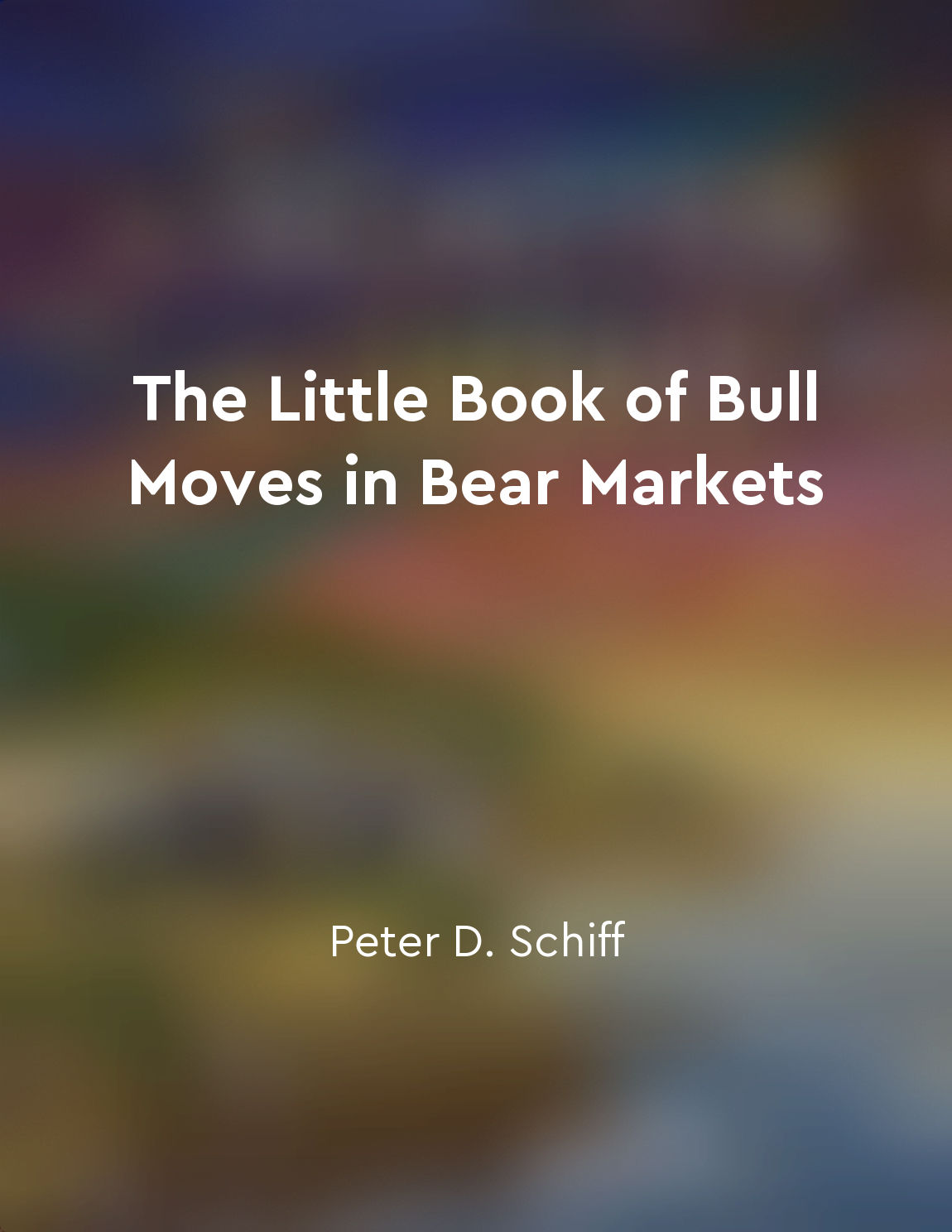Differentiate between price and value from "summary" of Security Analysis: Fifth Edition by Benjamin Graham,Sidney Cottle,David Le Fevre Dodd,Roger F. Murray,Frank E. Block,Martin L. Leibowitz
Price and value are two fundamental concepts in security analysis that are often misunderstood and wrongly used interchangeably. Price is the amount of money that an investor pays to acquire a security, while value represents the intrinsic worth of the security itself. It is crucial to differentiate between these two concepts in order to make informed investment decisions. The price of a security is determined by the forces of supply and demand in the market. It can fluctuate wildly based on investor sentiment, market conditions, and various other factors. Price is a relative and temporary measure that can be influenced by external events, such as economic news or geopolitical developments. Investors who focus solely on price may fall into the trap of buying or selling securities based on short-term market trends, rather than the underlying value of the assets. On the other hand, value is an objective and long-term measure of the worth of a security. It is based on the underlying financial and operational performance of the company issuing the security. Value reflects the company's earning power, assets, liabilities, growth prospects, and overall business fundamentals. Investors who focus on value look beyond the noise of the market to determine the true worth of a security based on its intrinsic characteristics. The key distinction between price and value lies in their relationship to each other. Price is what investors pay, while value is what they receive in return. In an efficient market, the price of a security should closely reflect its underlying value. However, markets are not always rational or efficient, and there are often opportunities to buy securities at prices that are significantly below their intrinsic value. Successful investors understand the difference between price and value and use this knowledge to their advantage. They focus on buying securities when their prices are below their intrinsic value, and selling them when their prices exceed their intrinsic value. By doing so, investors can achieve superior returns over the long term and build a successful investment portfolio based on sound principles of security analysis.Similar Posts
Stay informed about the market
To succeed in the stock market, it is crucial to keep yourself updated and well-informed about the market trends and happenings...

Rebalancing your portfolio can help maintain a proper asset allocation
To ensure that your investments are properly diversified, it is essential to periodically review and adjust your portfolio. Thi...
Invest in accordance with financial goals
When it comes to investing, it is crucial to have a clear understanding of your financial goals. This means knowing what you ar...
Cascading effects spread market disturbances
The idea that disturbances in the market can spread like a cascade is a central concept in understanding why stock markets cras...
Buffett emphasizes the importance of a company's competitive position
Warren Buffett is known for his focus on a company's competitive position when making investment decisions. This emphasis on co...

Diversification across asset classes reduces risk
When constructing a diversified portfolio, it is important to understand that different asset classes have different risk and r...
Building a strong foundation in financial literacy
To become a successful investor, it is crucial to establish a solid understanding of financial literacy. This involves grasping...
Adapt to changing market conditions
One of the most important things to remember when investing is the need to be able to adapt to changing market conditions. Mark...
Financial engineering involves creating complex financial products
Financial engineering is a practice that involves the creation of complex financial products. These products are designed to me...
Anchoring leads investors to rely on irrelevant information
Anchoring is a cognitive bias that leads investors to rely heavily on irrelevant information when making investment decisions. ...
